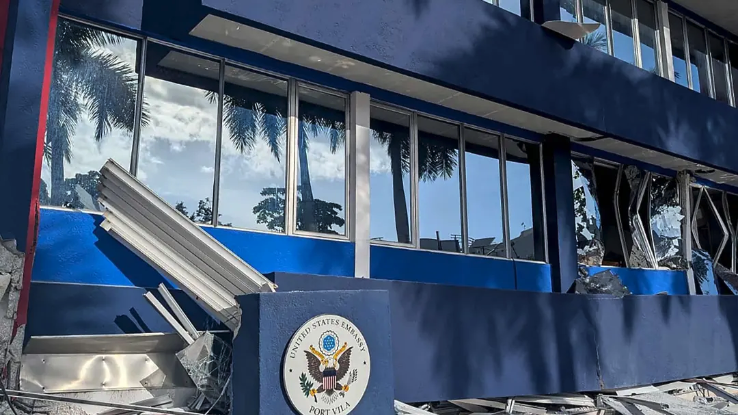Japan: 57 Killed in Powerful Earthquake
Facts * As of Tuesday, at least 57 have been killed in the 7.6-magnitude earthquake that struck near the Noto Peninsula in Japan's Ishikawa Prefecture on New Year's Day, leaving many trapped in collapsed buildings and at least 32K homes without power.1 * As giant sea
Facts
- As of Tuesday, at least 57 have been killed in the 7.6-magnitude earthquake that struck near the Noto Peninsula in Japan's Ishikawa Prefecture on New Year's Day, leaving many trapped in collapsed buildings and at least 32K homes without power.1
- As giant sea waves were recorded in some areas, tsunami warnings were issued for the coast of the Sea of Japan. Since multiple aftershocks continued to hit the country throughout the day, thousands of residents were asked to evacuate to higher ground. The tsunami warnings along some of Japan's western coast were lifted Tuesday.2
- Neighboring Russia and South Korea also asked people in coastal areas to take precautions. Meanwhile, rail, telephone, and internet services were disrupted in Ishikawa and Niigata.3
- A Japanese government spokesperson said that Monday's earthquake hadn't affected nuclear plants in the impacted areas and that no irregularities had been reported in their radiation levels.4
- According to authorities, the Shika nuclear plant in Ishikawa, located close to the earthquake's epicenter, had already shut down its two reactors for inspection earlier and suffered no damage from the quake.5
- In 2011, at least 18K people were killed in Japan after a 9.0-magnitude earthquake struck off the northeastern coast of Honshu, set off 130-feet high waves, and damaged the Fukushima Daiichi nuclear power plant, triggering one of the worst nuclear disasters in history.6
Sources: 1CNN, 2BBC News, 3The Sydney Morning Herald, 4Associated Press, 5Al Jazeera and 6Washington Post.
Narratives
- Narrative A, as provided by Trincoll. A seismically vulnerable nation, Japan's tsunami solution is mostly still a work in progress, with no single-point answer yet on the horizon. There remains much to learn, and existing countermeasures are constantly being refined and improved. Strategic location of buildings, vegetation, seawalls, buffer zones, and tsunami warning zones are only some of the steps the nation has already taken, besides developing strong government-public coordination and understanding.
- Narrative B, as provided by World Bank. Prevention and precaution are, of course, the touchstones of any disaster management policy. Nevertheless, that doesn't take away from the need to prepare for the aftermath. Japan's 2011 experience has taught the nation that laying a plan for eventualities is paramount. Be it creating business continuity blueprints or pre-arranged agreements with private and public institutions to coordinate and manage rescue and resettlement, more needs to be done.







